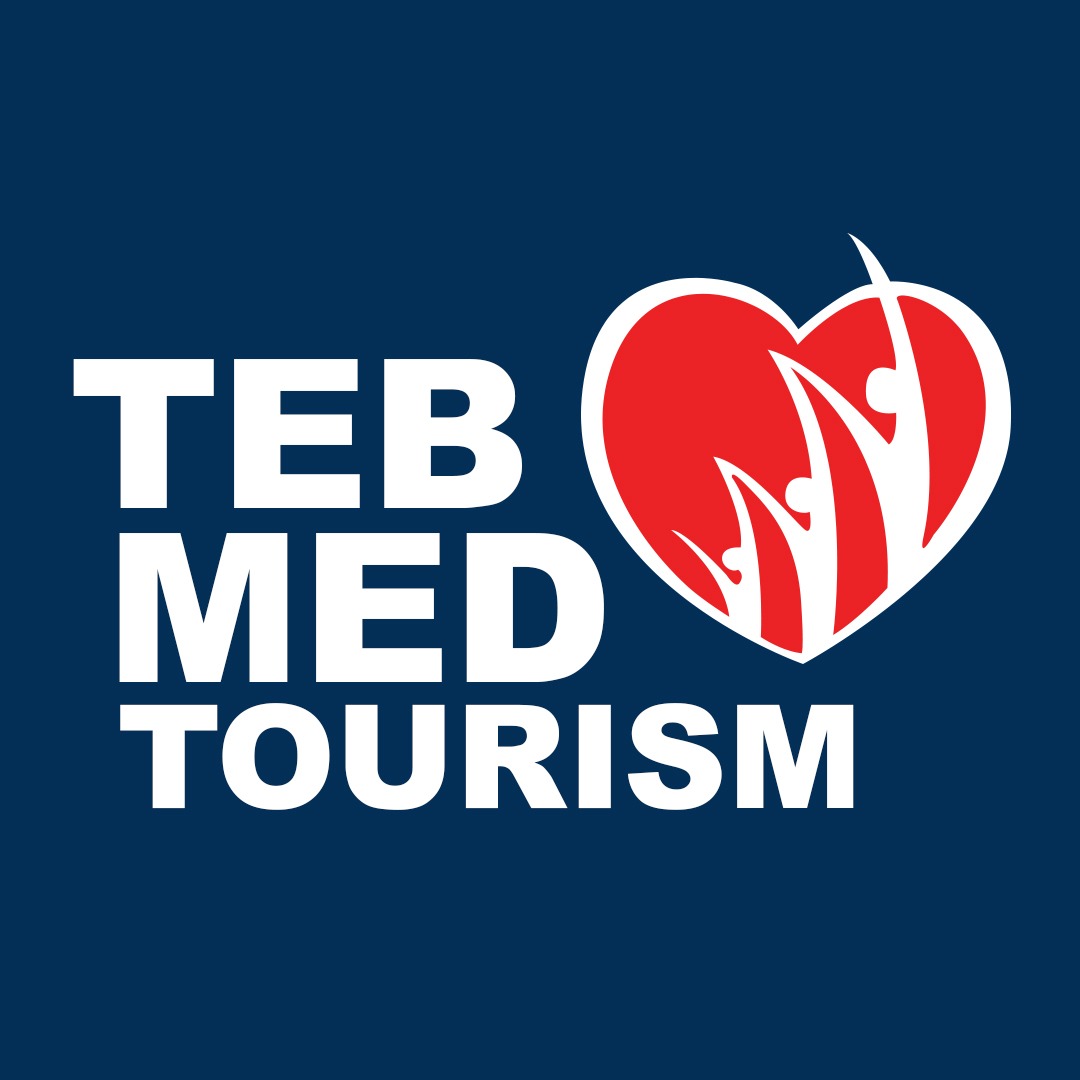Sleeve weight loss surgery
Sleeve weight loss surgery :Are you considering gastric sleeve surgery because you’ve tried diets and exercise for years and still have a lot of weight to lose? You’ll want to know the risks and benefits, what makes someone a good candidate for the operation, and what long-term commitments you need to make to keep the results.
In this operation, surgeons remove part of your stomach and join the remaining portions together to make a new banana-sized stomach or “sleeve.” With just a small sack (about 1/10th the size of your original stomach), you’ll feel full a lot quicker than you did before. You won’t be able to eat as much as you used to, which helps you lose weight. Plus, the surgery removes the part of your stomach that makes a hormone that boosts your appetite. Sleeve weight loss surgery
It’s Different from Gastric Bypass
In gastric bypass, the surgeon makes a small pouch that skips most of your stomach, going straight to the intestine.
Gastric sleeve surgery is best for people who have a BMI (body mass index) about 40. Some people are too heavy for gastric bypass surgery, so it may be a good alternative.
Tebmedtourism Co. is a leading provider of weight loss surgery in Iran. At Tebmedtourism Co. weight loss procedures are provided by highly qualified and experienced bariatric surgeons who have undergone intensive specialist training in their specialty. Tebmedtourism healthcare provider offers sleeve gastrectomy surgery as a weight loss surgery option.
The surgery takes about an hour. Your surgeon will make a few small cuts in your belly and insert a laparoscope — an instrument with a tiny camera that sends pictures to a monitor. The surgeon will then insert other medical instruments through the additional cuts and remove 3/4 of your stomach. Finally, he’ll reattach the rest of your stomach to form the “sleeve” or tube.
You might be in the hospital about 2 or 3 days. The procedure is permanent.
Sleeve weight loss surgery
Sleeve weight loss surgery :Are you considering gastric sleeve surgery because you’ve tried diets and exercise for years and still have a lot of weight to lose? You’ll want to know the risks and benefits, what makes someone a good candidate for the operation, and what long-term commitments you need to make to keep the results.
In this operation, surgeons remove part of your stomach and join the remaining portions together to make a new banana-sized stomach or “sleeve.” With just a small sack (about 1/10th the size of your original stomach), you’ll feel full a lot quicker than you did before. You won’t be able to eat as much as you used to, which helps you lose weight. Plus, the surgery removes the part of your stomach that makes a hormone that boosts your appetite. Sleeve weight loss surgery
It’s Different from Gastric Bypass
In gastric bypass, the surgeon makes a small pouch that skips most of your stomach, going straight to the intestine.
Gastric sleeve surgery is best for people who have a BMI (body mass index) about 40. Some people are too heavy for gastric bypass surgery, so it may be a good alternative.
Tebmedtourism Co. is a leading provider of weight loss surgery in Iran. At Tebmedtourism Co. weight loss procedures are provided by highly qualified and experienced bariatric surgeons who have undergone intensive specialist training in their specialty. Tebmedtourism healthcare provider offers sleeve gastrectomy surgery as a weight loss surgery option.
The surgery takes about an hour. Your surgeon will make a few small cuts in your belly and insert a laparoscope — an instrument with a tiny camera that sends pictures to a monitor. The surgeon will then insert other medical instruments through the additional cuts and remove 3/4 of your stomach. Finally, he’ll reattach the rest of your stomach to form the “sleeve” or tube.
You might be in the hospital about 2 or 3 days. The procedure is permanent.




 Follow-up after Rhinoplasty
Follow-up after Rhinoplasty جراحی زیبایی بینی
جراحی زیبایی بینی